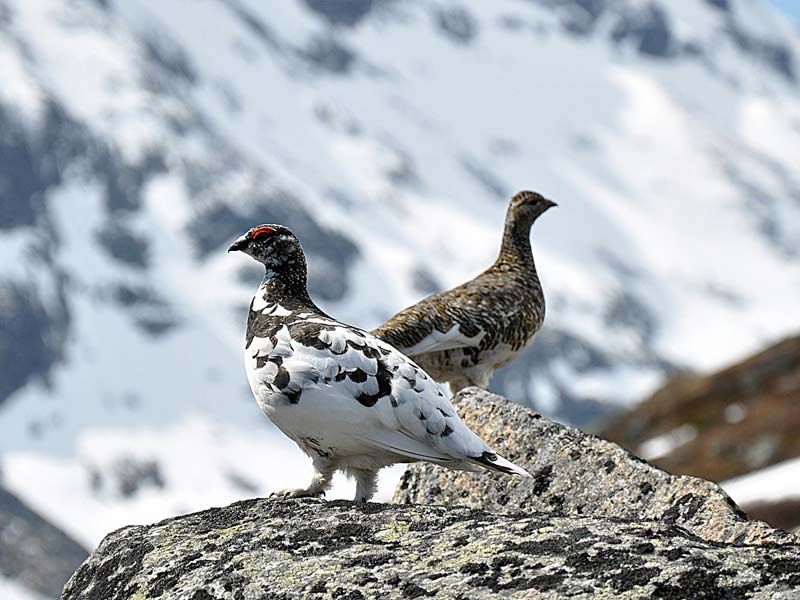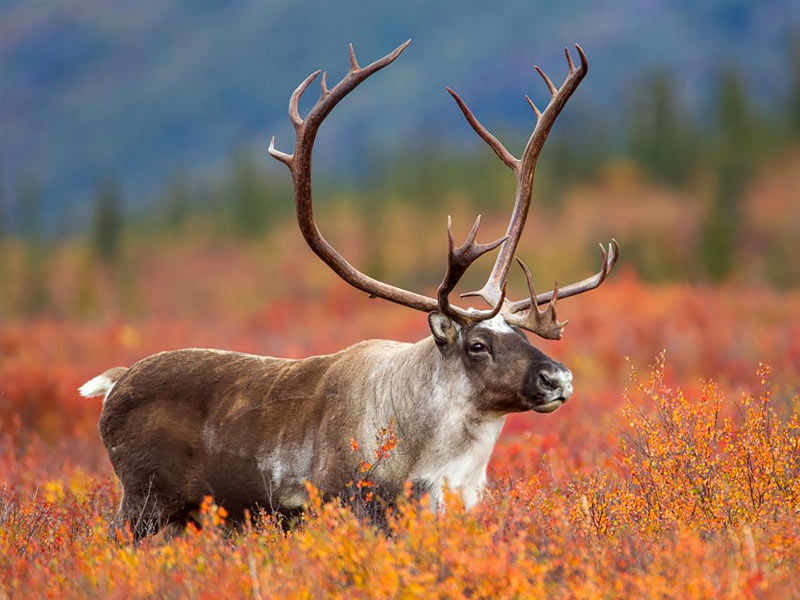For a brief moment, picture yourself as a European Hare or a Siberian Tiger stuck in the snow. You would start to lose the benefits of your natural colours, which are ideal for your actual habitat (or summer). In the former scenario, you would be a prime target for your predator, and in the latter, you would stick out like a sore thumb and be unable to sneak up on your prey and pounce. Fortunately, the ability to virtually change their colour to white allows many Arctic animals to meet their need for camouflage. Here are five animals that have this incredible ability.
The Arctic Fox

The Arctic Fox loses its brown coat in September and grows a white one to help it survive the winter. Its white coat is shed in favour of a brown one as summer approaches, which helps it blend in better with the earthy hues of its natural surroundings. Though it cannot see lemmings, the Arctic Fox hunts them beneath the snow, living further north than any other fox.
Artic Hare

Similar to the Arctic Fox, the Arctic Hare undergoes a complete metamorphosis. In the summer, they are brown with black specks, but in the winter, they become a stunning, snow-white colour. In addition to keeping them warm, this gives them the much-needed snowtime camouflage when they emerge from their burrows or nests.
The ptarmigan

The popular game bird known as the ptarmigan, or rock ptarmigan in North America, moults from brown to white, with the exception of the tail, which stays brown or black throughout. These birds are more attracted to higher altitudes and arid areas. They are more likely to be seen hiding in the snow or perched on rocks than in trees, where they are easier to see in the winter.
Caribou

Caribou coats typically alternate between brown and white, but they are never entirely one colour. While it is mostly brown in the summer, the neck area still has a dirty white colour. In the winter, the white colour spreads out and becomes more noticeable, but the brown colour never entirely disappears. The variations in the degree of colour change are contingent upon the caribou’s specific regional habitats.
Also read: 5 Important Vitamins Men should add to their Diet
The Ermine

The smallest member of the weasel family is the ermine, commonly referred to as the short-tailed weasel. Ermines are nocturnal animals that are now found throughout the Arctic regions of Asia, Europe, and North America. They were first introduced as an unsuccessful attempt to control the rabbit population in New Zealand.




























